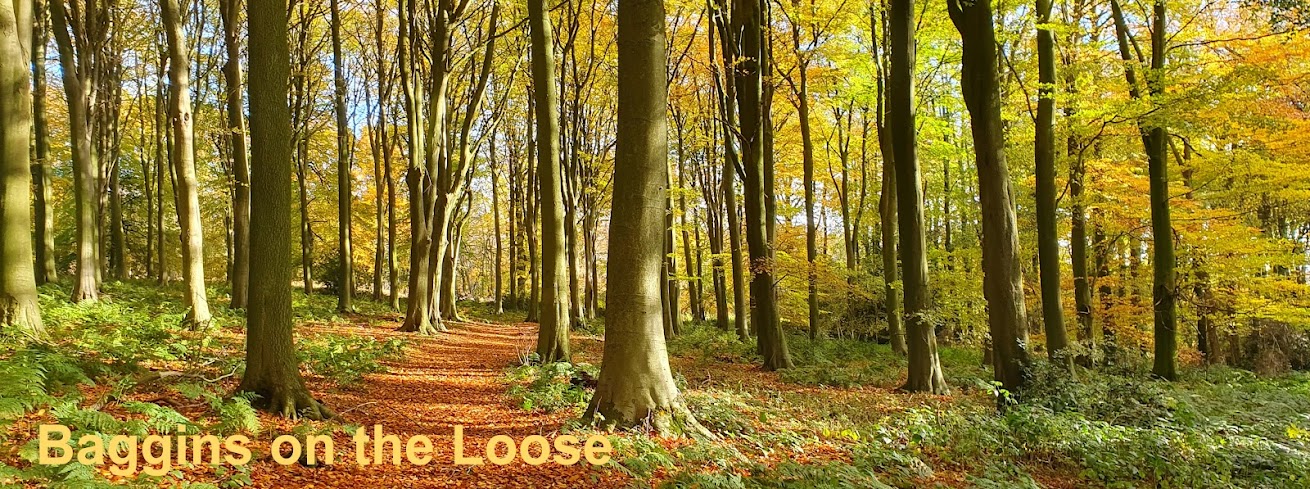The weather has been appalling! Wettest April on record by all accounts and birding and photographic opportunities have been limited to say the least. I did manage a half day out and about with my old mucker and birding mate Mark in the Derwent Valley last Thursday and in between the showers we actually had a spectacular day starting off just 5 minutes after we got out of the car with 4 Common Cranes flying North East over Allerthorpe Common a cracking good record!
 Got plenty of pics of them and we also saw them again later in the day nr Wheldrake Ings .... who knows maybe they'll breed. There's a reasonable sized and growing colony in Norfolk and a pair nesting every year on Hatfield Moor in South Yorks.
Got plenty of pics of them and we also saw them again later in the day nr Wheldrake Ings .... who knows maybe they'll breed. There's a reasonable sized and growing colony in Norfolk and a pair nesting every year on Hatfield Moor in South Yorks.Those Cranes were a lucky sighting and given the poor weather ... rain and bad light, lucky to get any pics at all. Tragically then I'm having to post some pics of my best mate and birding pal Mark .... almost smiling on the 2nd one!
 Very close to where I took these pics of photogenic Mark on the Pocklington Canal we saw something rippling in the water, then a brown shape came into view and lo and behold realised we were clocking an Otter! Shame I didn't get a pic, tried in vain but wasn't quick enough, but a few moments later we saw it again, closer this time and as we just stood, stock still in wonderment (this was a first for both of us) we were amazed and enthralled to see it emerge from the reeds up the bank and walk across the path right in front of us! Awesome memory. (pic right taken at nearby Wheldrake Ings - courtesy of York Evening Press)
Very close to where I took these pics of photogenic Mark on the Pocklington Canal we saw something rippling in the water, then a brown shape came into view and lo and behold realised we were clocking an Otter! Shame I didn't get a pic, tried in vain but wasn't quick enough, but a few moments later we saw it again, closer this time and as we just stood, stock still in wonderment (this was a first for both of us) we were amazed and enthralled to see it emerge from the reeds up the bank and walk across the path right in front of us! Awesome memory. (pic right taken at nearby Wheldrake Ings - courtesy of York Evening Press)We really did have a splendid day tramping around the Derwent Valley getting our feet wet, lots of good banter and the enforced rain breaks gave us time to plan our next birding trip .... the Camargue in May. The Cranes and the Otter were special moments but despite the weather this was a good birding day. In between the showers there was sunshine, blue sky and most importantly Southwesterly winds bringing in good selection of migrants including a couple of Swifts beating North right across our heads, at least 2 Cuckoos, Sedge Warbler, a magnificent flock of about 30 Black Tailed Godwits and Wheldrake Ings and an unexpected gem of a bird at Thornton Ings - a Black Tern, looking very incongruous flitting around in the chilly rain. We also had a good Peregrine Falcon that appeared to be nesting in one of the big pylons near Melbourne, a couple of Yellow Wagtails and several singing Corn Buntings. Add to this a late Wigeon, several burbling Curlews, Redshank and a nice little flock of 20 or so summer plumaged Dunlin and you have to say we pulled out the best of what was about in trying conditions! I leave you with a nice view of the Pocklington Canal and a very wet Linnet at Wheldrake Ings!

































